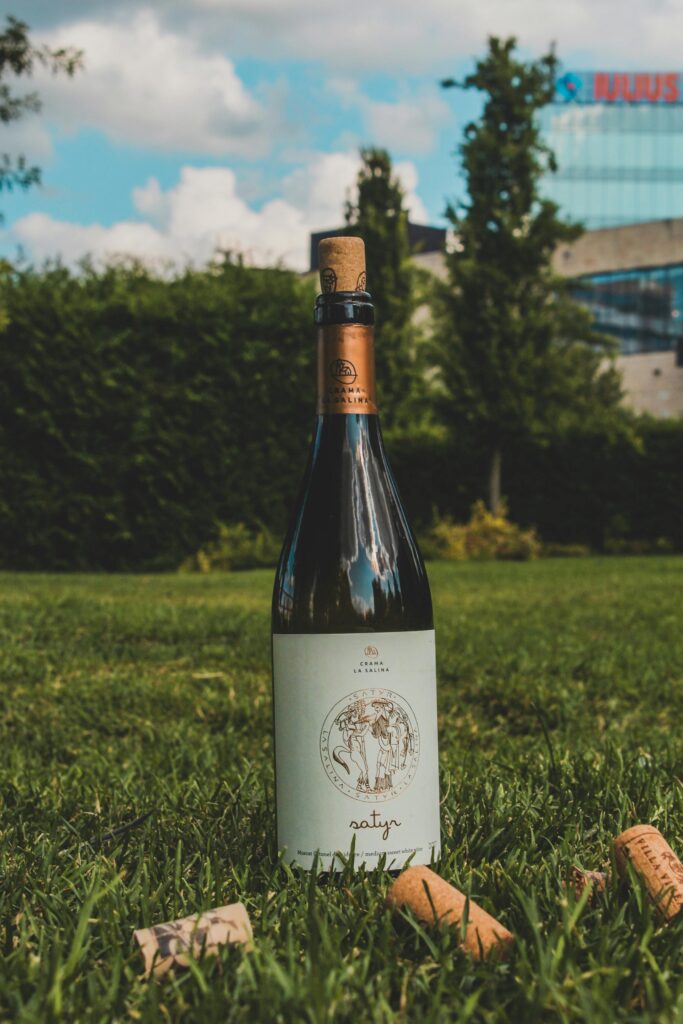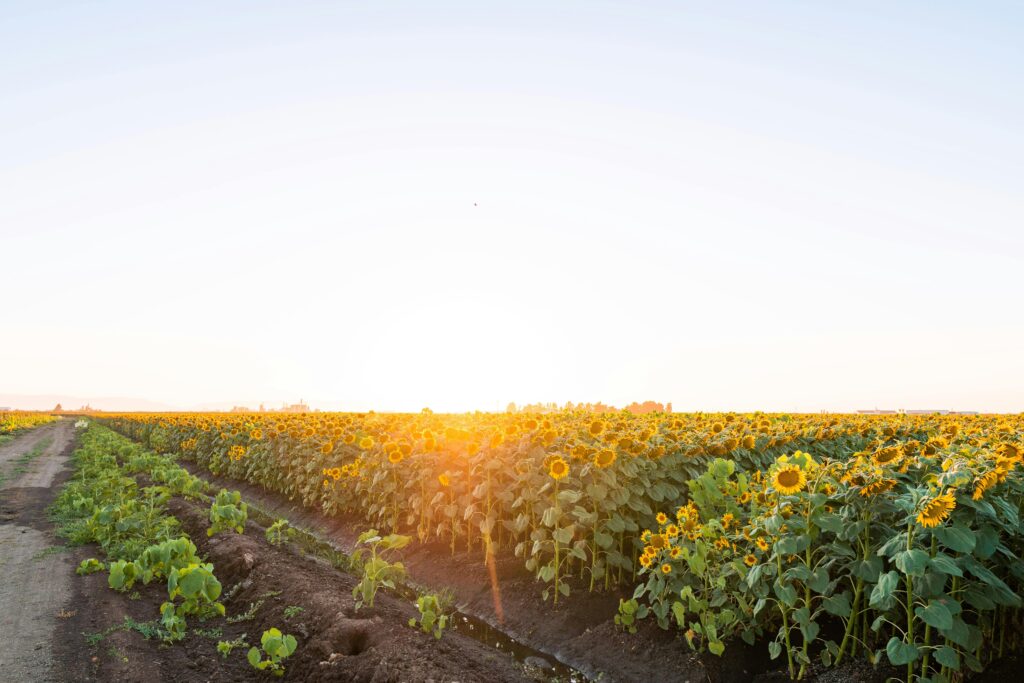By The Wayfarer
Pair your foodie weekend with a drive through the Yolo countryside
Sacramento is no longer a second thought when it comes to food—it’s a front-runner. With its roots in agriculture, its diverse population, and a generation of chefs who care deeply about sourcing and soul, the capital city’s food scene is having a moment.
Whether you’re a local looking to update your rotation or a weekend visitor in search of something new, these new restaurants in Sacramento are making noise for all the right reasons—from reimagined Korean and plant-forward fare to smash burgers, wine bars, and late-night sushi spots.
Here’s what’s worth checking out now—and how to turn your meal into part of a fuller, slower food journey through Yolo County’s farmland just over the causeway.
1. Franquette (West Sacramento – French Café & Wine Bar)
Technically in West Sac’s Bridge District, Franquette has been one of the most talked-about openings for a reason. From the team behind East Sacramento’s Canon, this stylish, sunlight-drenched café brings French café culture to the riverfront.
Expect:
- Tartines, croque madame, and French pastries
- Natural wines and espresso
- Dinner menu with seasonal, produce-forward French classics
The patio is perfect, and the wine list leans toward small, sustainable producers. A great spot to impress out-of-towners—or feel like you are one.
2. Bawk! by Urban Roots (Downtown – Nashville Hot Chicken)
Hot chicken meets local beer at this brand-new venture from the team behind Urban Roots Brewery. Bawk! is fast-casual, spicy, and Southern-influenced without being heavy.
On the menu:
- Fried chicken sandwiches, tenders, and wings
- Multiple heat levels (mild to “crying in your beer”)
- Collard greens, cornbread, and loaded fries
It’s a killer lunch spot or casual dinner before heading out for a night in Midtown.
3. 7th Street Standard (Downtown – Elevated California Cuisine)
Located inside the Hyatt Centric, 7th Street Standard is bringing some polish to the Capitol Corridor dining scene. With a sleek interior, high ceilings, and a menu that nods to California classics, this is a new favorite for date night or celebratory dinners.
What to order:
- House-aged ribeye with smoked mushroom jus
- Grilled halibut with citrus beurre blanc
- Signature cocktails with hyper-local herbs and bitters
Pro tip: Come for a happy hour cocktail and stay for dessert. The team behind the bar knows what they’re doing.
4. Tiger Bar & Restaurant (Downtown – Pan-Asian Small Plates)
An ambitious reboot of the original Tiger bar, this new Tiger is part cocktail lounge, part vibey supper club, and part late-night DJ hangout—with a surprisingly excellent menu.
Why go:
- Inventive Southeast Asian small plates with seasonal NorCal ingredients
- Crispy pork belly baos and yellowtail crudo
- Cocktail menu that rivals the best in SF
It’s where to go when you want the night to stretch out. Food till late, music even later.
5. Alaro Craft Brewery (Midtown – Spanish-Inspired Gastropub)
Not brand new—but recently revamped with new chefs and menus—Alaro blends brewpub energy with Spanish tapas sensibilities.
Favorites include:
- Patatas bravas and jamón croquetas
- Seared scallops with saffron rice
- House-brewed Belgian-style ales and IPAs
This is the rare spot where the food competes with the beer—and wins.
6. Joon Market (East Sac – Neighborhood Market & Seasonal Café)
From former Mulvaney’s chef Patrick Prager, Joon Market is part café, part gourmet grocery, and all heart. The menu rotates constantly based on what’s fresh from local farms.
Think:
- Seasonal grain bowls, sandwiches, and soups
- Pickled vegetables, curated pantry goods, and housemade sauces
- Sourdough bread that locals are already lining up for
It’s casual, thoughtful, and deeply rooted in place—the way Sacramento dining does best.
7. Kura Revolving Sushi Bar (Howe Ave – Conveyor Belt Sushi)
Sacramento’s first Kura Sushi recently opened, bringing its tech-forward, family-friendly take on conveyor belt sushi to Arden-Arcade.
Expect:
- Touch-screen ordering and rotating sushi plates
- Anime clips, little robot servers, and a surprisingly fun vibe
- Better-than-expected nigiri and fun sides (crab croquettes, spicy ramen)
It’s not Nobu—but for a casual, quirky, high-volume sushi fix, it hits the spot.
Bonus: Yolo: Vineyards, Farms & Cultural Gems – The Perfect Day-After Foodie Escape
After you’ve eaten your way through Sacramento’s newest spots, consider slowing down with a day trip that shows you where it all starts: the fields and farms of Yolo County.
The Yolo: Vineyards, Farms & Cultural Gems audio tour is a self-guided drive through the towns and farmland that supply much of what Sacramento’s chefs work with every day.
Stops include:
- Family-run vineyards like Great Bear and Turkovich Wines
- Lavender farms, olive oil tastings, and roadside farm stands
- The walkable downtowns of Winters, Woodland, and Esparto
- GPS-triggered stories about indigenous land use, farming history, and modern food culture
Perfect for a slow Saturday afternoon or Sunday drive after a night of indulgence.
Final Thoughts
Sacramento’s dining scene is no longer up-and-coming—it’s here. Chefs are drawing from the region’s agricultural bounty, immigrant traditions, and creative freedom to open restaurants that are rooted, bold, and refreshingly different.
So make your list. Book your tables. And when your palate is full but your curiosity isn’t—follow it west into Yolo County.Because the only thing better than a reservation at a new restaurant…
is knowing exactly where the ingredients came from.










 by xotatech.com
by xotatech.com